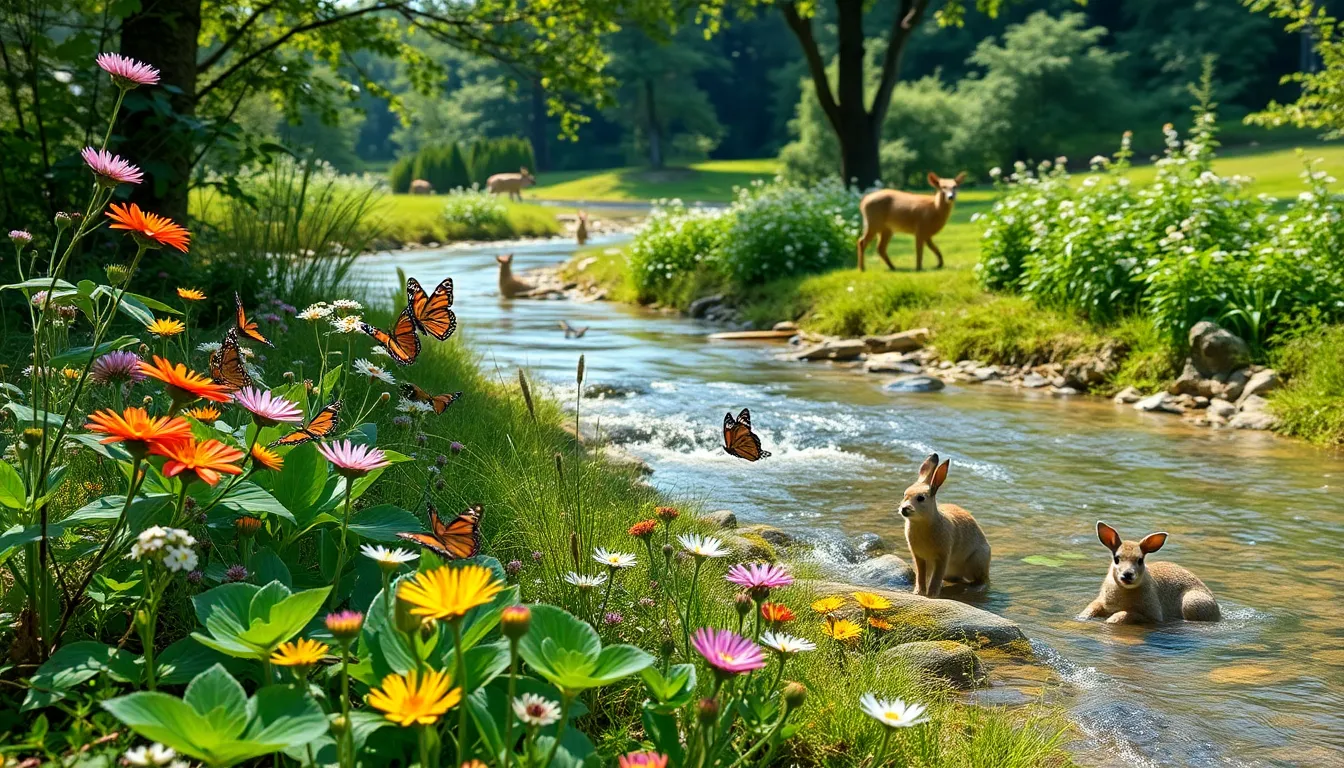Physical Address
304 North Cardinal St.
Dorchester Center, MA 02124

Have you ever stumbled upon a term that sounded oddly familiar yet left you scratching your head? Enter “Alomesteria.” Not your average word, right? If you’re wondering whether it’s a new dance craze or the title of a hipster indie band, you’re in for a treat. This article dives deep into the enchanting world of Alomesteria, offering insights that will pique your curiosity and possibly change how you view this intriguing phenomenon.

Alomesteria refers to a complex array of biological and ecological systems often overlooked in various ecosystems. While the specifics can vary significantly, it typically describes a unique balance of organisms that cohabit an environment, presenting both interrelationships and dependencies. This phenomenon is crucial in demonstrating how life balances itself in sometimes unpredictable ways, encompassing numerous species ranging from the tiniest microbes to larger flora and fauna. Understanding alomesteria not only enriches one’s knowledge of biodiversity but also emphasizes its critical role in the health of our planet.
The exploration of alomesteria dates back to early ecological studies in the 20th century. Researchers began observing unusual partnerships between species and their environmental interactions. Initially, scientists categorized these partnerships merely as symbiotic relationships. But, as research progressed, they recognized a deeper complexity in these interactions, prompting a classification shift towards understanding alomesteria. Famous ecologists and biologists such as Rachel Carson and Edward O. Wilson paved the way for current knowledge by emphasizing the significance of complex ecological webs, essentially lay the groundwork for what we now refer to as alomesteria.
At its core, alomesteria exhibits several defining characteristics. One major trait is its dynamic nature, these systems continually evolve in response to environmental changes. They often feature multi-species interactions, where each organism contributes to the health and sustainability of the ecosystem. For instance, coral reefs exemplify how different species connect and cooperate in alomesteria, with relationships that can range from mutualistic to antagonistic. Another characteristic is adaptability: alomesteria systems typically demonstrate resilience in the face of disturbances, showcasing nature’s incredible ability to maintain balance. Such traits underscore the complexity inherent in ecological interactions.
Alomesteria serves a vital role within ecosystems by facilitating nutrient cycling, energy flow, and biodiversity maintenance. It acts as a natural stabilizer, with various organisms contributing to the functionality of their environment. For example, plants absorb sunlight and convert it into energy, while herbivores and predators maintain population control. This intricate web of interactions ensures that ecosystems remain balanced and productive. Also, alomesteria helps combat climate change: through these complex networks, ecosystems become better equipped to absorb carbon dioxide and mitigate the effects of environmental disruptions. So, understanding alomesteria is essential for modern conservation efforts.
The applications of alomesteria extend beyond ecological studies. In agriculture, understanding these interactions can promote sustainable farming practices. By utilizing companion planting techniques that mirror natural alomesteria relationships, farmers can enhance crop yields while minimizing chemical inputs. In medicine, researchers study these complex systems to discover potential new medicines derived from diverse organisms. Bioengineering and biotechnology also benefit from alomesteria insights, allowing for innovations that mimic nature’s designs. So, alomesteria not only serves as a scientific curiosity but also influences various sectors ranging from agriculture to medicine.
Even though its significance, alomesteria faces numerous challenges, primarily due to human-induced disruptions. Climate change poses a substantial threat: as temperatures rise and weather patterns shift, entire ecosystems can unravel. Pollution and habitat destruction further threaten the delicate balances inherent in alomesteria, leading to species extinction and ecosystem degradation. Also, invasive species disrupt native populations and introduce competition for resources, complicating existing relationships within alomesteria systems. Addressing these challenges requires a united effort from scientists, policymakers, and communities to advocate for sustainable practices.
Looking forward, alomesteria promises to be a focal point in ecological research and conservation efforts. Advancements in technology, such as remote sensing and genetic analysis, offer new ways to study these intricate systems. As scientists strive to understand better the complexities of alomesteria, there’s a growing awareness of the interconnectedness of life on Earth. Education plays a critical role as well: by raising awareness of the significance of alomesteria, future generations can foster an appreciation for biodiversity and its preservation. Engaging communities in restoration efforts can improve the health of ecosystems worldwide.